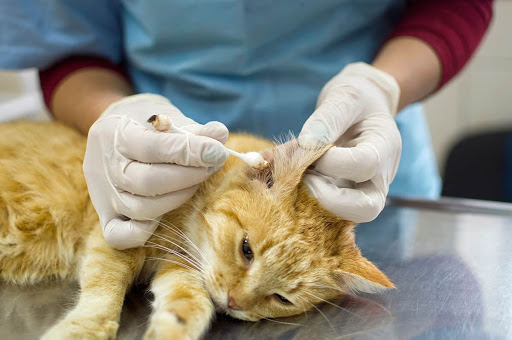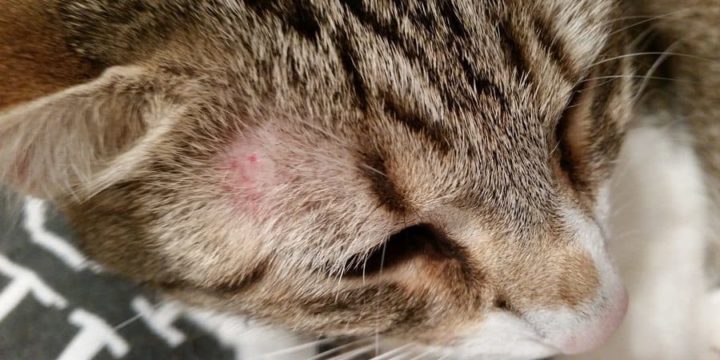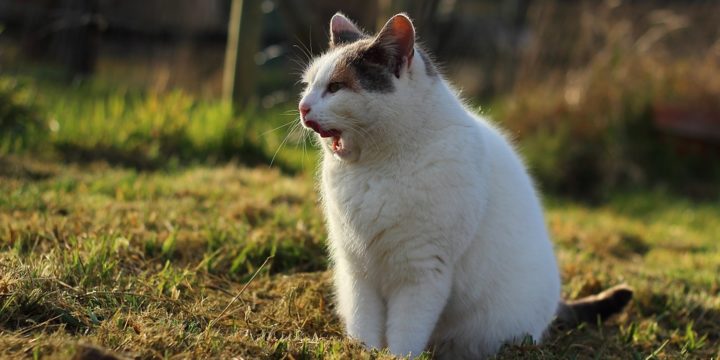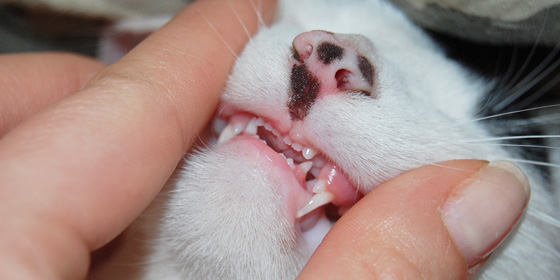
Summertime Parasites
Summertime Parasites As June comes to a blissful end, the summer season begins and the world around us eagerly blossoms with flourishing life, exuberant colors, and pesky parasites. Ear mites, ticks, and fleas are only a sliver of summertime parasites that flourish in the warm and humid weather. While they can survive year-round, the summer weather is their favorite. They linger anywhere in tall grass, wet dirt, bushes, and heavily vegetated areas. It’s very important as pet owners to understand the symptoms of these parasites living in our pets’ fur/skin, as well as proactively working to prevent these creatures from sneaking into your cat's life or worse yet, into your home. Fleas are one of the most well-known parasites that harass cats year-round. However, summertime weather creates the perfect environment…





